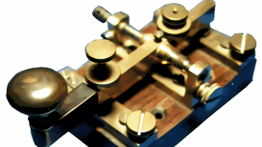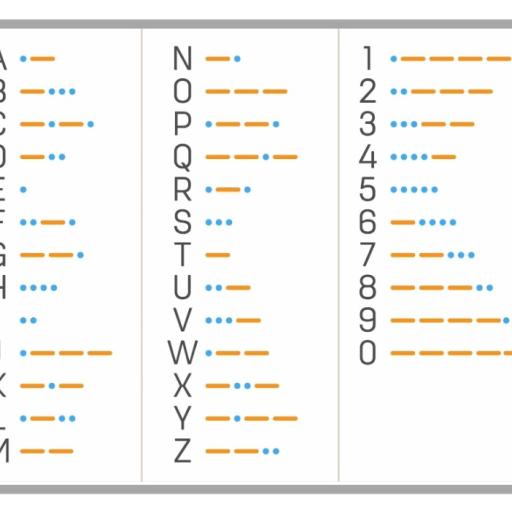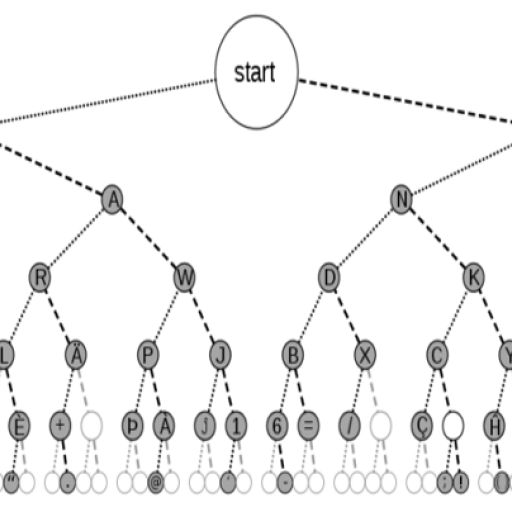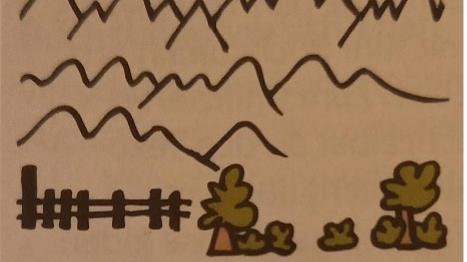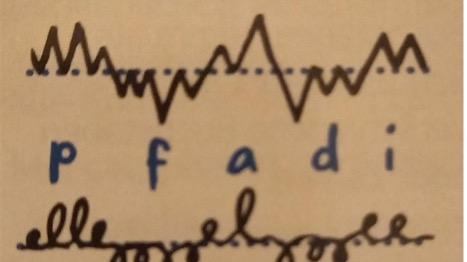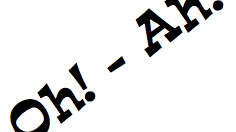Morse rules
Division of tasks
Transmitting station and receiving station has:
- Recorder: dictates / writes down characters
- Transmitter: sends characters
- Observer: observes the signs
Notes on transmission
- Always in the same rhythm
- A dash should be 5 times longer than a dot
- Observe the distance between the individual characters
- Agree whether to morse with or without acknowledgement sign ( . = understood / - = not understood)
- Keep the message as short and clear as possible
- Select the means of transmission according to the distance and conditions
Means of transmission
| Day Night |
Means of transmission | Condition | Transmission range |
| T | Morse flags | clear view | 1-2 km |
| T | Arms of people | clear visibility | 500-700 m |
| T | Heliograph (mirror) | Sun | 20 km |
| T | Smoke | Calm | 1 km |
| T+N | Whistle | Calm | 500 m |
| T+N | Morse code | -- | Cable length |
| T+N | Radio | same channel | 10 km |
| N | Searchlight | clear view | 30 km |
| N | Candle lamp | clear view | 4 km |
| N | Flashlight | clear view | 2 km |
Alternative transmission methods
Program idea
Connection with card reading
- Two groups receive a card with a dot on it. They have to move to the dot and send a message at a predetermined time. One group sends, the other receives. They then meet again at a meeting point.
- If necessary, plan a training block for Morse code beforehand.
Post run
- Post run with various posts where the Morse code technique is taught.
- Prepare different means of transmission to try out
Sources
other pictures and text: Jungschar EGW Herzogenbuchsee
Content may be automatically translated. Help improve the quality of the translation with your editing!

